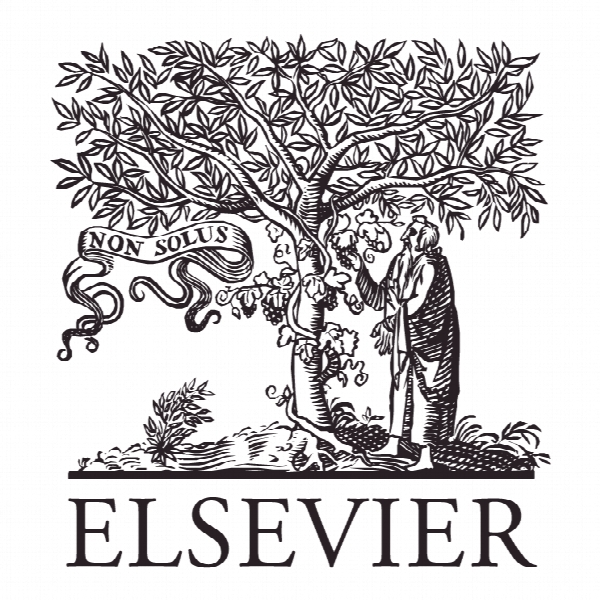راندمان اندازه گیری با محصولات، محصولات جانبی و روابط والد-فرزندان: یک مدل DEA دو مرحله ای مشروط Measuring Efficiency with Products, By-Products and Parent-Offspring Relations: A Conditional Two-Stage DEA Model
- نوع فایل : کتاب
- زبان : انگلیسی
- ناشر : Elsevier
- چاپ و سال / کشور: 2017
توضیحات
رشته های مرتبط مدیریت
گرایش های مرتبط مدیریت صنعتی
مجله امگا – Omega
دانشگاه دانشکده مدیریت، علم و صنعت چین، هفای، چین
نشریه نشریه الزویر
گرایش های مرتبط مدیریت صنعتی
مجله امگا – Omega
دانشگاه دانشکده مدیریت، علم و صنعت چین، هفای، چین
نشریه نشریه الزویر
Description
1. Introduction In the nearly 40 years since the development of the data envelopment analysis (DEA) methodology by Charnes et al. (1978), the original concepts have been applied to an enormous number of practical problem settings, and the model structure has been extended in many directions. Recent surveys include Cook et al (2009), Paradi et al. (2013), and Liu et al. (2013). Literally thousands of articles and books have been written on the subject. In the usual DEA setting it is assumed that a set of decision making units (DMUs), such as a set of hospitals, is to be evaluated in terms of their relative efficiencies in converting a bundle of inputs into a bundle of outputs. More to the point, the usual assumption is that each output is impacted by each and every member of the input set. A related area of research has to do with non-homogeneous DMUs, specifically where some DMUs produce a collection of outputs that may differ partially from those produced by other DMUs. See Cook et al (2013). Connected to the non-homogeneity issue is the multiple component or multiproduct problem in DEA, introduced by Beasley (1995). There, he studied the problem of extracting both teaching and research efficiency scores in universities when both dedicated and shared resources were present. This joint determination of efficiencies was further explored by Molinero (1996) who re-examined the Beasley approach but from the envelopment side of the problem. Molinero specifically analyzed the dual variables and as well explored the theoretical justification for Beasley’s approach. More recently Zu et al (2013) extend the works of Molinero and of Beasley through their RD-DEA methodology, allowing for multi-level characteristics and the associated indexes for those characteristics. Connected to this multilevel area, and of relevance to the current paper, is that relating to partial input to output impacts, as presented in Imanirad et al. (2013). Those authors examine the problem of measuring the efficiencies of a set of 20 steel fabrication plants in the presence of four inputs and four outputs. The main issue addressed there was the fact that not all inputs impacted all outputs, much along the lines of Beasley (1995), Molinero (1996) and Zu et al (2013). Specifically, Imanirad et al (2013) viewed the DMU as consisting of a set of mutually exclusive subunits (or business units), wherein each subunit has its own unique bundle of inputs and outputs. In a recent paper by Li et al. (2015), a similar problem setting to that of Imanirad et el is examined, but where multiple processes are present for producing a given bundle of outputs.


